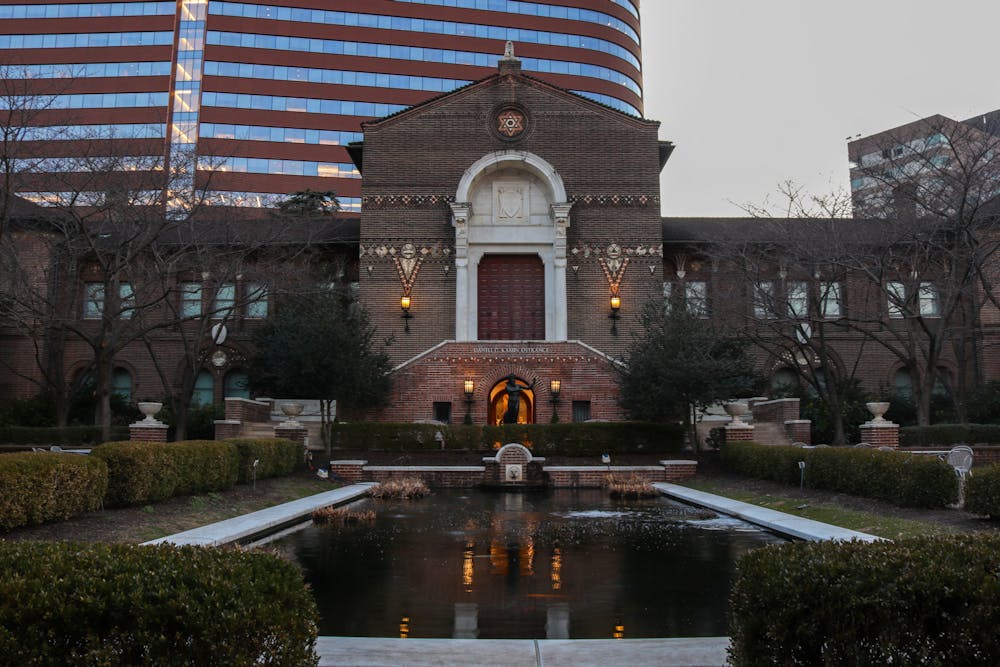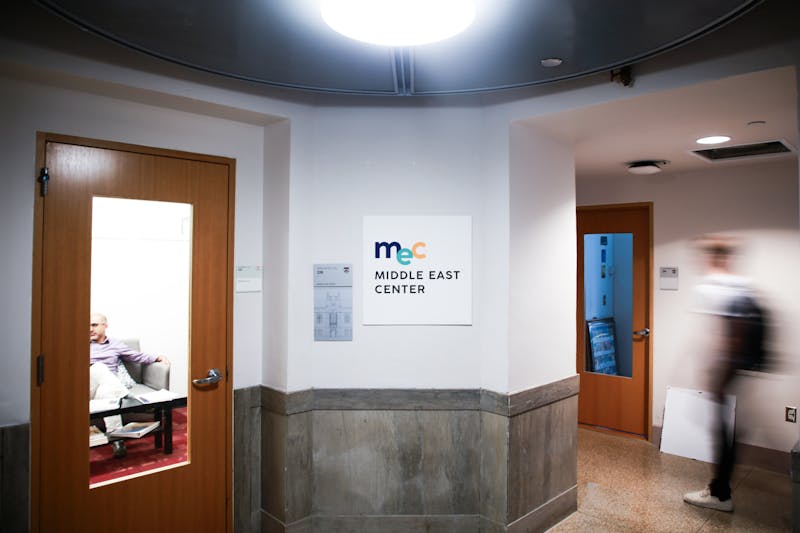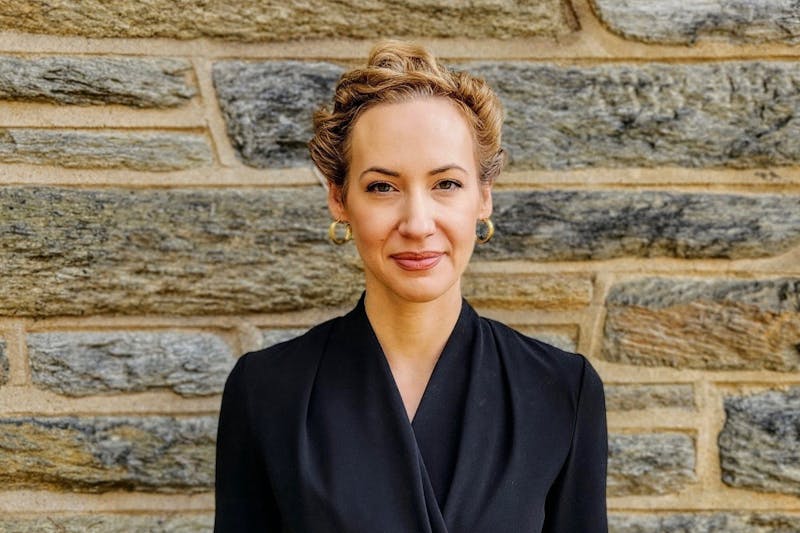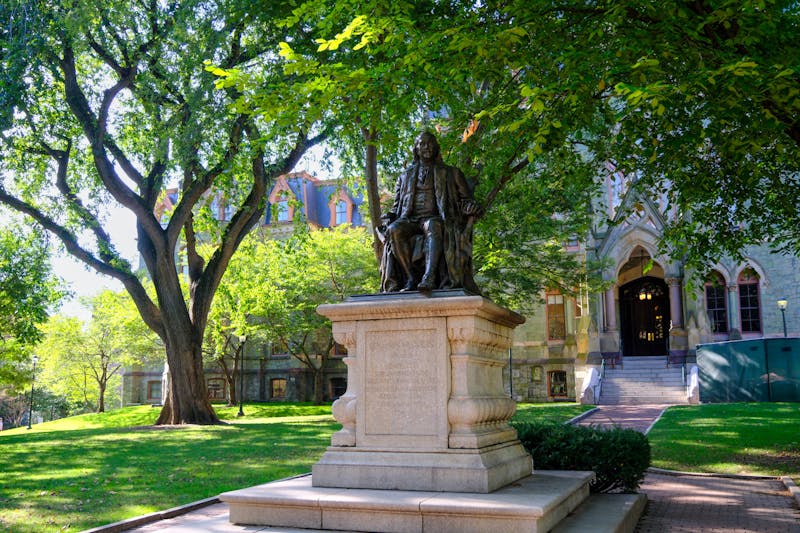
Penn Museum curator and anthropology professor Janet Monge is no longer employed at Penn.
Credit: Abhiram JuvvadiFormer Penn Museum curator and anthropology professor Janet Monge is no longer employed at Penn Museum.
Monge used human remains from the museum, including remains of the Africa family from the MOVE bombing, according to The Philadelphia Inquirer. Penn Museum confirmed the status of her employment to The Daily Pennsylvanian in a written comment.
Earlier this year, activists alleged that Penn Museum was holding previously undisclosed remains of 1985 MOVE bombing victims. In 2022, Monge sued Penn and other parties following accusations of mishandling the remains of the MOVE bombing victims.
A Penn Museum spokesperson told the DP that they are currently hiring for the role of faculty-curator in bioanthropology, “with a record of advocacy for Black and Indigenous people, along with expertise in repatriation requests and the analysis of human remains.”
The Department of Anthropology and Janet Monge did not respond to request for comment.
According to Rutgers University professor Lyra Monteiro's journal article titled "Open access violence: Legacies of white supremacist data making at the Penn Museum, from the Morton Cranial Collection to the MOVE remains," Monge’s lawsuit claimed that she was demoted to the position of keeper in 2021, which resulted in a $50,000 pay cut for two years, after which she “will have been deemed to retire.”
As of September 2023, Monge was listed as manager, rather than curator, of the Museum Collections on the Penn Directory, also according to Monteiro’s article.
Earlier this year, the Penn Museum announced that it would no longer allow “exposed human remains” to be displayed in an update to its human remains policy.
It is currently unclear who is currently overseeing the remains that Monge’s position was responsible for, according to Monteiro.
“She's been in charge of the collection. She's not there anymore. Therefore, there is either nobody in charge of the collection, or the new person that they have hired for this new role is in charge of the collection,” Monteiro said.
According to a Penn Museum spokesperson, the Morton Community Advisory Group and the Human Remains Committee are currently in consultation to supervise the Morton Collection.
"Going forward a restructured Biological Anthropology Section will be tasked with implementing the goals outlined in the Human Remains Policy," the spokesperson wrote.
Earlier this year, the museum’s updated Human Remains policy listed that two roles, Biological Anthropology Curator and Biological Anthropology Keeper, would be critical members and roles in providing oversight on the Human Remains Committee and specifically regarding the Morton Collection.
“We expect to fill the Biological Anthropology Curator and Biological Anthropology Keeper positions in the coming year,” a Penn Museum spokesperson wrote to the DP, in response to a request for comment.
One of the Museum's collections — the Morton Collection — houses over 1,300 human crania. In 2022, Monteiro and local activist Abdul-Aliy Muhammad filed objections to Penn Museum’s petition to Philadelphia Orphans’ Court to bury the remains of Black Philadelphians in the Morton Collection. A Philadelphia court judge later declared that the activists had no standing and granted Penn Museum’s request to bury 20 Black Philadelphians in the Morton Collection.
In April 2021, The Inquirer and Billy Penn published opinion pieces that accused the Penn Museum of being in possession of the remains of children from the bombing. Thereafter, the Penn Museum issued two public apologies and demoted Monge from her position as associate curator.
The articles from both media outlets contained information revealing how Monge and her mentor, Alan Mann, kept possession of the remains of children for over thirty years. The city identified and concluded that the remains belong to a 14-year-old girl named Katricia “Tree” Dotson Africa. They were used in an online Coursera class for teaching purposes without the Africa family’s consent.
An independent investigation into the remains concluded that the identity of the remains used in the video "is still a matter of legitimate dispute." The report said that the only finding that they could make with a "reasonable degree of certainty" is that "remains displayed in the video were of a MOVE member."
Monteiro told the DP that the museum’s plans to replace Monge remain unclear.
"It's a very typical thing for institutions to create what are effectively impossible jobs, and put people of color in them, and hire somebody, that job is impossible ... the person who is supposed to be in charge of all of that analysis, all of that repatriation work, be the curator of the collection and be a full time faculty member and do all the research and publication associated with that,” Monteiro said.
Editor's note: This article has been updated to include additional information about the current supervision of the Morton Collection.
The Daily Pennsylvanian is an independent, student-run newspaper. Please consider making a donation to support the coverage that shapes the University. Your generosity ensures a future of strong journalism at Penn.
Donate









